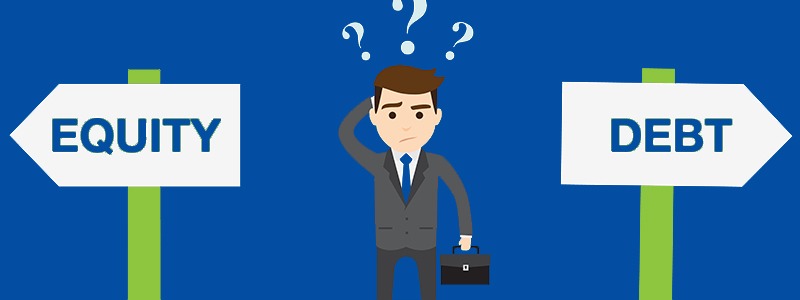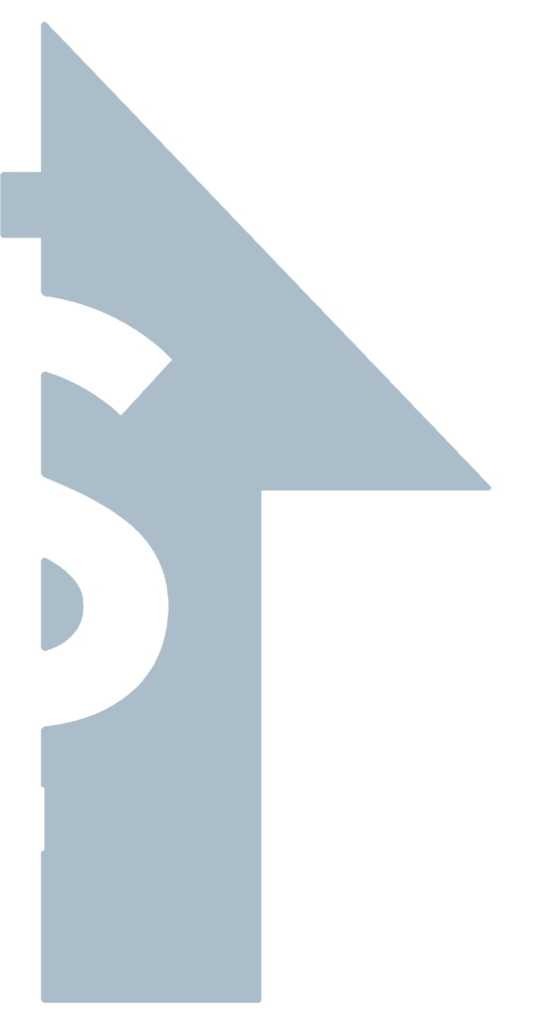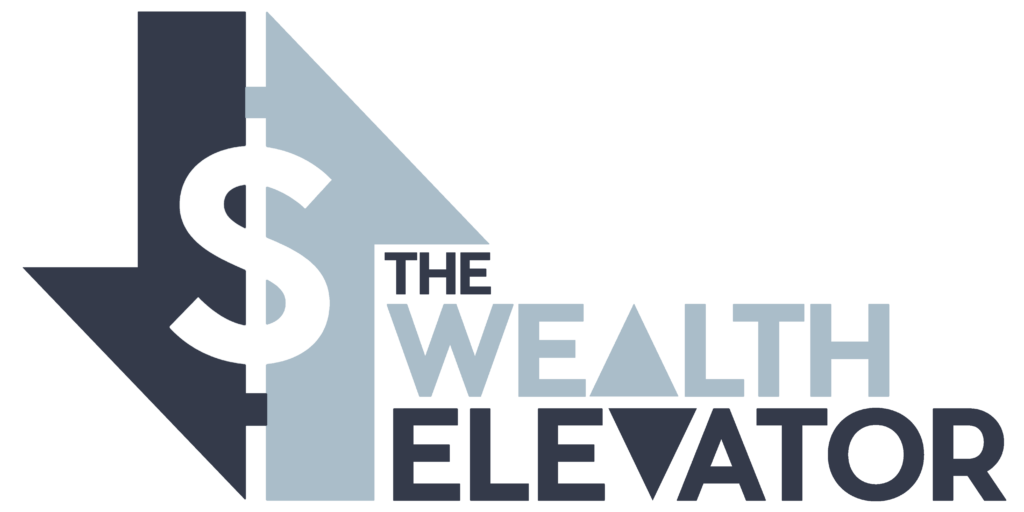


In today’s discussion, we’ll be unraveling the distinctions between debt funds and preferred equity funds. With the recent surge in interest rates, a variety of deals have emerged, notably leveraging debt funds for rescue capital across different sectors.
For passive investors, navigating the nuances of these investment vehicles can be daunting. However, gaining clarity on the fundamentals of the capital stack and understanding the terminology can empower investors to ask the right questions and make informed decisions.
The Basics of Debt Funds:
Let’s start with debt funds, known for their conservative nature compared to preferred equity funds. At its core, debt involves lending money to a borrower at a specified rate, typically secured by collateral such as real estate or syndicated holdings. It’s crucial to note that uncollateralized debt poses higher risks, often associated with substantially higher interest rates, reflecting the elevated level of risk.
In the capital stack hierarchy, debt occupies a prominent position, often placed above preferred equity and common equity. This placement signifies its priority in repayment, making it a relatively secure investment option. Investors in debt funds can expect predictable cash flows, albeit with lower projected returns compared to other investment avenues.
Preferred Equity Funds:
Preferred equity, as the name suggests, sits atop the common equity stack. Unlike debt, preferred equity offers a broader spectrum of applications, ranging from stable assets to distressed deals or rescue capital initiatives. The projected returns for preferred equity funds vary significantly, reflecting the diverse nature of investments within this category.
Investors in preferred equity funds enjoy a higher position in the capital stack compared to common equity investors. However, the level of risk associated with preferred equity investments hinges on the underlying assets and the structure of the fund. Transparency is key, and investors should scrutinize the specifics of each investment opportunity to assess its risk profile accurately.
Navigating Investment Choices:
Determining the most suitable investment vehicle requires a comprehensive understanding of individual risk tolerance and investment objectives. Debt funds offer a more conservative approach, providing steady cash flows with lower projected returns. On the other hand, preferred equity funds present a broader range of opportunities, with varying levels of risk and return potential.
For passive investors, building a diversified portfolio involves careful consideration of asset allocation and risk management strategies. While debt and preferred equity funds offer distinct advantages, thorough due diligence is essential to mitigate risks and optimize returns.
Conclusion:
In conclusion, distinguishing between debt funds and preferred equity funds is essential for passive investors navigating the complex landscape of investment opportunities. By understanding the nuances of each investment vehicle and conducting thorough due diligence, investors can make informed decisions aligned with their financial goals and risk tolerance.
Remember, there is no one-size-fits-all approach to investing, and careful consideration of individual circumstances is paramount. Whether opting for the stability of debt funds or the potential upside of preferred equity funds, staying informed and vigilant is key to achieving long-term investment success.
begin your journey to financial freedom!
My name is Lane Kawaoka, and I hope my blog/podcast will help families realize the powerful wealth-building effects of real estate so they can spend their time on more important, instead of working long hours and worrying about their financial troubles. There are a lot of successful families with good jobs (teachers / engineers / programmers / finance) yet they struggle to make ends meet financially. It is their kiddos who ultimately get the short end of the stick. Being a Latch-Key Child growing up, both my parents had to work and I was left home alone after school to fiddle with my thumbs.
With Real Estate you are able to grow your wealth exponentially faster than the conventional 401K’s and stock investing, therefore you are able to escape the dogma of working 50+ hour weeks at a job that is unfulfilling. And if you are one of the lucky ones who happen to do what you enjoy… well good for you 😛
Money is not everything but it is important because it gives you the freedom to live life on your terms.
Annoyed by the bogus real estate education programs out there (that take money from people who don’t have it in the first place), I set out to make this free website to help other hard-working professionals, the shrinking middle-class. I hope to dispel the Wall-Street dogma of traditional wealth-building, and offer an alternative to “garbage” investments in the 401K/mutual funds that only make the insiders rich. We help the hard-working middle-class build real asset portfolios, by providing free investing education, podcasts, and networking, plus access to investment opportunities not offered to the general public.
“The true meaning of wealth is having the freedom to do what you want, when you want, and with whom you want.
Building cash flow via real estate is the simple part. The difficult part occurs after you are free financially to find your calling and fulfillment.
But that’s a great problem to have ;)”
excerpt from The One Thing That Changed Everything


